When it comes to gift-giving, there’s a special category that holds the power to shape young minds while bringing joy to their faces: educational gifts. These thoughtful presents go beyond mere entertainment, offering a perfect blend of learning and enjoyment. As parents, caregivers, or friends, we often find ourselves pondering how to choose gifts that will not only delight children but also contribute to their growth and development. This guide will explore the fascinating realm of educational gifts, helping you navigate the options and make informed choices that will spark curiosity and foster a love for learning in the children you care about
What Makes a Gift Both Educational and Fun?
At first glance, the terms “educational” and “fun” might seem at odds with each other. After all, isn’t learning supposed to be serious business? Not necessarily! The best educational gifts seamlessly combine learning with enjoyment, creating an experience that children eagerly engage with time and time again.
Educational gifts are items designed to stimulate cognitive development, enhance skills, or impart knowledge while providing an enjoyable experience. These can range from puzzles and building sets to science kits and interactive books. The key is that they challenge the mind, encourage exploration, and often involve hands-on activities that make learning feel like play.
The importance of combining learning with enjoyment cannot be overstated. When children associate learning with positive experiences, they’re more likely to develop a lifelong love for acquiring knowledge. This approach taps into their natural curiosity and desire to understand the world around them.
The benefits of educational gifts are numerous:
- They promote cognitive development
- Enhance problem-solving skills
- Boost creativity and critical thinking
- Improve fine motor skills
- Foster a sense of accomplishment
- Encourage persistence and resilience
By choosing gifts that are both educational and fun, we’re not just giving a present – we’re investing in a child’s future.
The Science Behind Learning Through Play
The concept of learning through play isn’t just a feel-good idea; it’s backed by solid scientific research. Numerous studies have shown that play is a crucial component of cognitive development in children.
When children engage in play, their brains are hard at work. They’re making connections, testing hypotheses, and developing neural pathways that will serve them throughout their lives. This process is particularly effective because it happens in a low-stress, enjoyable environment where children feel free to experiment and make mistakes without fear of judgment.
Play enhances retention and understanding in several ways:
- Active Engagement: When children are actively involved in an activity, they’re more likely to remember what they’ve learned.
- Emotional Connection: Fun experiences create positive emotions, which the brain associates with the learning process, making the information more memorable.
- Repetition: Enjoyable activities are often repeated voluntarily, reinforcing learning through practice.
- Multi-Sensory Experience: Many play activities engage multiple senses, creating stronger, more diverse neural connections.
Examples of successful educational play methods abound. For instance, the Montessori method, which emphasizes hands-on learning and self-directed activity, has been shown to improve academic performance and social skills. Similarly, project-based learning, which often incorporates elements of play, has been linked to improved problem-solving abilities and increased motivation to learn.
By understanding the science behind learning through play, we can appreciate why educational gifts are so powerful. They’re not just toys; they’re tools that work with a child’s natural learning processes to create lasting impact.
Types of Educational Gifts
Educational gifts come in a wide variety of forms, catering to different interests, age groups, and learning styles. Let’s explore some of the most popular and effective categories:
STEM Toys
Science, Technology, Engineering, and Mathematics (STEM) toys are at the forefront of educational gifts. These toys introduce children to important concepts in a hands-on, engaging way.
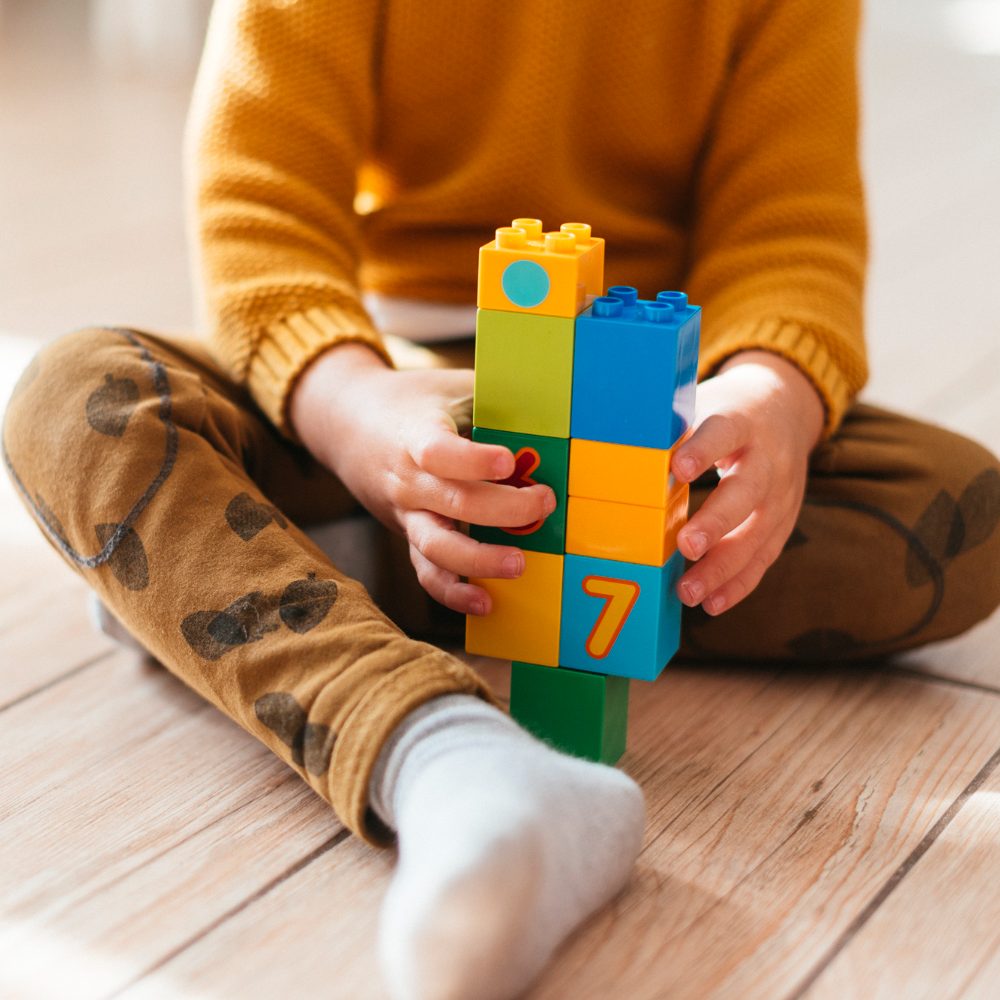
- Building Sets and Construction Toys: Products like LEGO, K’NEX, or Magna-Tiles help develop spatial reasoning, fine motor skills, and basic engineering concepts.
- Science Kits and Experiments: These kits allow children to conduct real experiments, fostering a love for scientific inquiry. Examples include crystal-growing sets, microscopes, or weather stations.
- Coding and Robotics Kits: With technology playing an increasingly important role in our lives, toys that teach coding basics, like Sphero or Ozobot, are becoming popular. These introduce computational thinking in a fun, interactive way.
Language and Literacy Gifts
Fostering a love for language and reading is crucial for a child’s development. These gifts make language learning an adventure.

- Interactive Books and Storytelling Aids: Books with pop-ups, sounds, or augmented reality features make reading a multi-sensory experience. Storytelling dice or card games can spark creativity and improve narrative skills.
- Language Learning Games and Tools: For children learning a second language, there are numerous games, flash cards, and interactive tools that make the process enjoyable.
- Writing and Journaling Kits: Beautiful journals, fun pens, or creative writing prompts can encourage children to express themselves through writing.
Arts and Creativity Gifts
Artistic expression is a valuable form of learning that enhances creativity, fine motor skills, and self-expression.
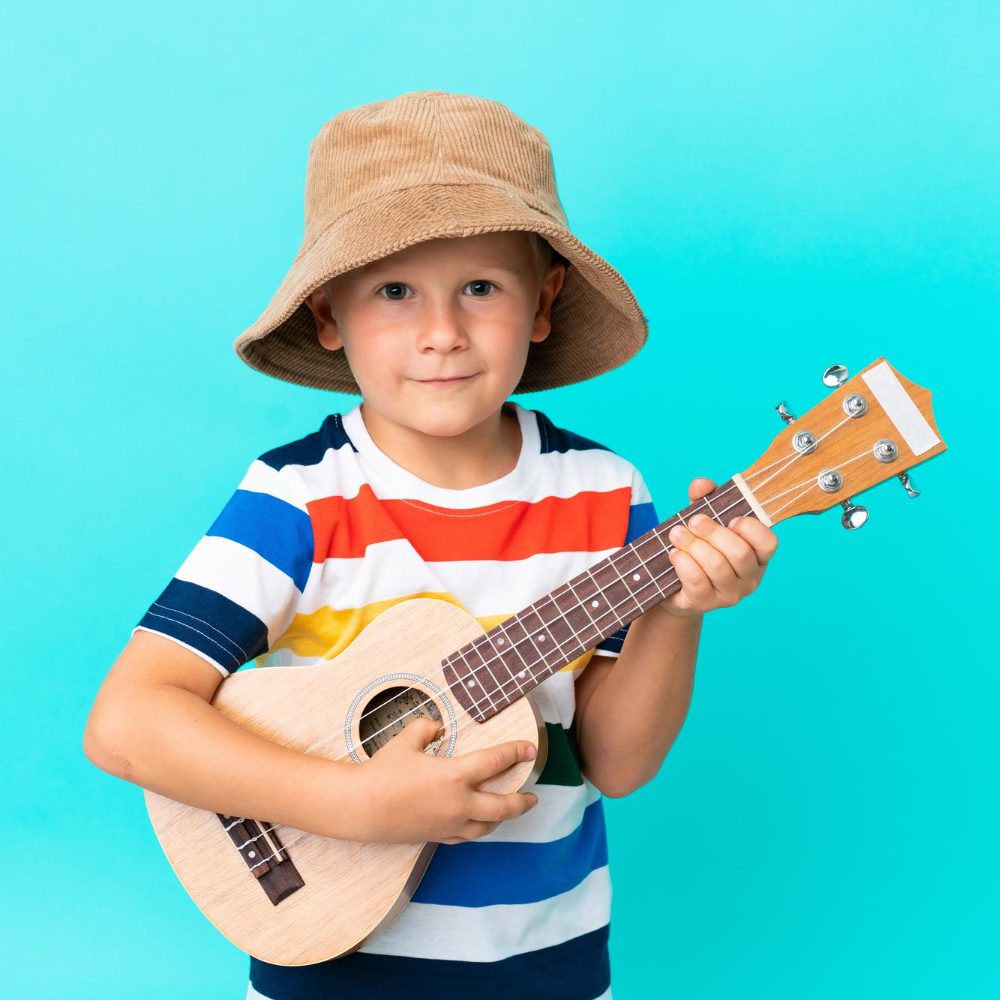
- Art Supplies and Craft Kits: High-quality art supplies or themed craft kits can provide hours of creative exploration. These might include painting sets, modeling clay, or bead-making kits.
- Musical Instruments and Music-Making Tools: From simple percussion instruments to beginner guitars or electronic music-making software, these gifts introduce children to the world of music.
- Photography and Filmmaking Gear for Kids: Kid-friendly cameras or video equipment, along with editing software, can help children learn about visual storytelling and technology.
Physical and Outdoor Learning Gifts
Learning isn’t confined to indoor activities. Many educational gifts encourage physical activity and outdoor exploration.
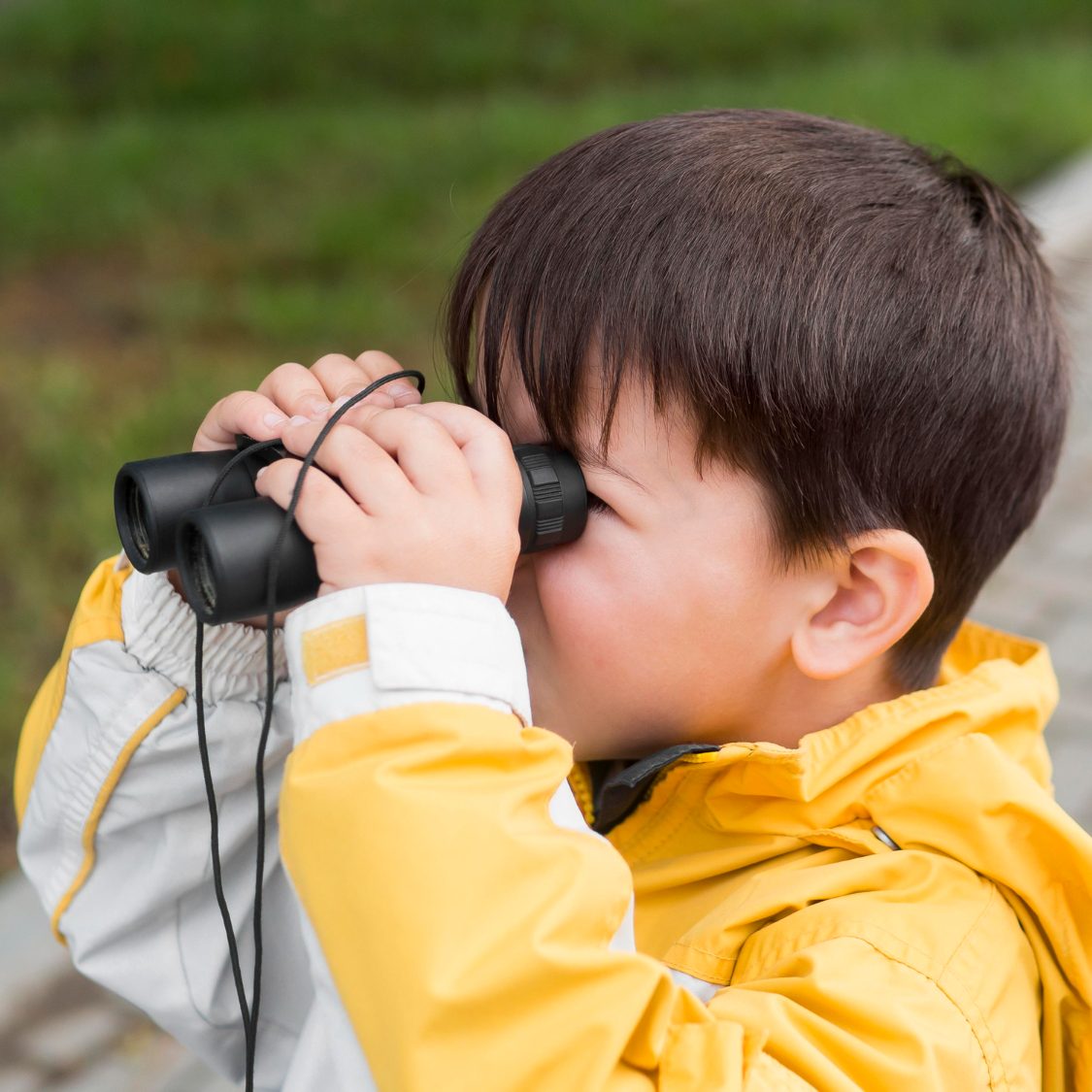
- Sports Equipment with Educational Elements: Think of balls with mathematical problems printed on them, or skipping ropes that count jumps.
- Nature Exploration Kits: Binoculars, bug-catching kits, or rock collections can turn a walk in the park into a scientific expedition.
- Gardening Sets for Kids: Child-sized gardening tools, seed kits, and plant identification guides can teach patience, responsibility, and biology.
Social and Emotional Learning Gifts
Often overlooked, these gifts help children develop crucial life skills and emotional intelligence.

- Board Games that Teach Social Skills: Many board games teach turn-taking, strategy, and how to win (or lose) gracefully.
- Emotional Intelligence Card Games: These games help children identify and discuss emotions, improving their emotional vocabulary and empathy.
- Mindfulness and Relaxation Tools for Children: Child-friendly yoga mats, meditation guides, or calming bottles can introduce children to stress-management techniques.
Choosing the Right Educational Gift: Factors to Consider
Selecting the perfect educational gift requires thoughtful consideration. Here are some key factors to keep in mind:
- Age Appropriateness: Ensure the gift matches the child’s developmental stage. A toy that’s too advanced may lead to frustration, while one that’s too simple might quickly become boring.
- Individual Interests and Learning Styles: Consider the child’s unique interests. A budding artist might appreciate a different gift than a child fascinated by dinosaurs. Also, think about whether the child learns best through visual, auditory, or kinesthetic experiences.
- Skill Level and Challenge Factor: The best educational gifts provide a “just right” challenge – difficult enough to be engaging, but not so hard as to be discouraging. Look for gifts that can grow with the child, offering increasing levels of difficulty.
- Durability and Safety: Especially for younger children, ensure the gift is sturdy and safe. Check for small parts that could be choking hazards and make sure materials are non-toxic.
- Open-Ended vs. Structured Play: Some children thrive with open-ended toys that allow for creative use, while others prefer more structured activities with clear goals. A mix of both can be beneficial.
- Educational Value: Consider what specific skills or knowledge the gift will help develop. Is it aligned with the child’s current learning goals or interests?
- Fun Factor: Remember, no matter how educational a gift is, it won’t be effective if the child doesn’t enjoy using it. The “fun factor” is crucial for maintaining interest and encouraging repeated use.
How to Introduce Educational Gifts to Children
The way an educational gift is presented can significantly impact how it’s received and used. Here are some tips for introducing these gifts:
- Make the Gift Presentation Exciting: Build anticipation and excitement when giving the gift. Your enthusiasm can be contagious!
- Engage with the Child During Play: Especially initially, join the child in exploring the gift. This shared experience can deepen the learning and make it more enjoyable.
- Encourage Open-Ended Exploration: Avoid being too prescriptive about how the gift should be used. Allow the child to discover its possibilities on their own.
- Connect it to Their Interests: Help the child see how the gift relates to things they already enjoy or are curious about.
- Set Realistic Expectations: If the gift involves building or creating something, remind the child that it’s okay if things don’t work perfectly the first time. Emphasize the process of learning and improving.
- Create a Designated Space: If possible, create a special area where the child can freely explore their new educational toy or tool.
- Be Patient: Some children may not immediately gravitate towards an educational gift. Give them time and occasionally reintroduce the gift in different contexts.
The Role of Technology in Educational Gifts
In our digital age, technology plays an increasingly significant role in educational gifts. While it’s important to balance screen time with hands-on learning, there are many valuable tech-based educational tools available.
Educational Apps and Digital Learning Tools: There’s a wealth of high-quality educational apps covering everything from basic arithmetic to complex coding. Look for apps that are engaging, age-appropriate, and align with educational standards.
Virtual and Augmented Reality in Education: These technologies can provide immersive learning experiences, allowing children to explore historical sites, dive into the human body, or walk among dinosaurs.
Interactive E-Books: These combine the benefits of traditional reading with interactive elements that can enhance understanding and engagement.
Coding Toys and Kits: From simple coding toys for preschoolers to more advanced kits for teens, these gifts introduce children to the basics of programming in a hands-on way.
When choosing tech-based gifts, consider:
- The quality of the content
- Parental control options
- The potential for social interaction (some apps and games allow for collaborative play)
- The balance between entertainment and educational value
Remember, technology should complement, not replace, other forms of learning and play.
DIY Educational Gifts: Adding a Personal Touch
Creating your own educational gifts can be a rewarding experience, both for you and the recipient. DIY gifts add a personal touch and can be tailored precisely to a child’s interests and needs.
Ideas for Homemade Educational Gifts:
- Create a themed scavenger hunt with educational clues and tasks
- Make a personalized storybook featuring the child as the main character
- Put together a nature exploration kit with a homemade field guide
- Create math flashcards with fun, colorful designs
- Make a set of sensory bins for exploring different textures and materials
Customizing Store-Bought Gifts: You can also add educational value to store-bought items. For example:
- Add learning prompts or challenges to a standard board game
- Create a scrapbook to accompany a camera, encouraging the child to document and reflect on their photos
- Write personalized clues or puzzles to go along with a construction toy
The impact of personalized educational gifts goes beyond the learning content. These gifts show the child that you’ve invested time and thought into their interests and development, which can be incredibly motivating.
Supporting Classroom Learning at Home
Educational gifts can be a valuable tool for reinforcing and expanding on what children learn in school. Here’s how to align gifts with classroom learning:
- Communicate with Teachers: Ask about the current curriculum and any areas where the child might benefit from additional support.
- Focus on Core Skills: Look for gifts that reinforce fundamental skills like reading, writing, and math in engaging ways.
- Explore Current Topics: If the child is studying a particular subject in school, find gifts that allow for deeper exploration of that topic.
- Create a Learning-Friendly Environment: Set up a dedicated study area at home, equipped with educational posters, a globe, or other learning aids.
- Encourage Project-Based Learning: Gifts that facilitate long-term projects can help children apply classroom knowledge in practical ways.
Remember, the goal is to support, not replicate, classroom learning. The home environment offers unique opportunities for more personalized, interest-driven learning experiences.
Measuring the Impact: Is the Gift Really Educational?
While it’s not always easy to quantify the educational impact of a gift, there are several signs to look out for:
- Increased Interest: Does the child show more curiosity about related topics?
- Improved Skills: Can you notice improvements in specific areas, like problem-solving or creativity?
- Application of Knowledge: Does the child apply what they’ve learned in other contexts?
- Desire for More: Does the child ask for similar gifts or express interest in learning more about the subject?
- Enjoyment: Does the child genuinely enjoy engaging with the gift over time?
It’s important to balance measurable learning outcomes with the development of softer skills like creativity, perseverance, and curiosity. These skills, while harder to quantify, are crucial for long-term success and personal growth.
Conclusion: The Lasting Value of Educational Gifts
Educational gifts offer far more than momentary entertainment. They have the potential to spark lifelong interests, develop crucial skills, and shape future careers. By choosing gifts that balance learning and fun, we’re not just giving a present – we’re opening doors to new possibilities.
Remember, every child is unique, with their own interests, learning styles, and pace of development. The most important thing is to choose gifts with thoughtfulness and love, always keeping the child’s individual needs and interests at heart.
As you select educational gifts, keep in mind that the most valuable gift you can give is your time and attention. Engage with the child, share in their discoveries, and celebrate their learning journey. In doing so, you’ll be nurturing not just their intellect, but also their confidence, creativity, and love for learning.
FAQs About Educational Gifts
At what age should I start giving educational gifts?
It’s never too early! Even infants can benefit from age-appropriate educational toys that stimulate their senses and support development.
How can I make sure an educational gift doesn’t feel like “more school”?
Focus on the fun aspect and let the learning happen naturally. Choose gifts that align with the child’s interests and encourage open-ended play.
Are expensive educational toys always better?
Not necessarily. The educational value of a gift doesn’t correlate directly with its price. Many inexpensive options, or even homemade gifts, can be highly educational.
How do I choose between physical and digital educational gifts?
Consider the child’s age, interests, and your family’s approach to screen time. Ideally, provide a mix of both to cater to different learning styles and situations.
Can educational gifts help children with learning difficulties?
Absolutely. Many educational gifts can be particularly beneficial for children with learning difficulties, providing alternative ways to engage with challenging concepts. However, it’s best to consult with the child’s educators or therapists for specific recommendations.
Remember, the best educational gift is one that sparks joy, curiosity, and a love for learning.
Happy gifting!

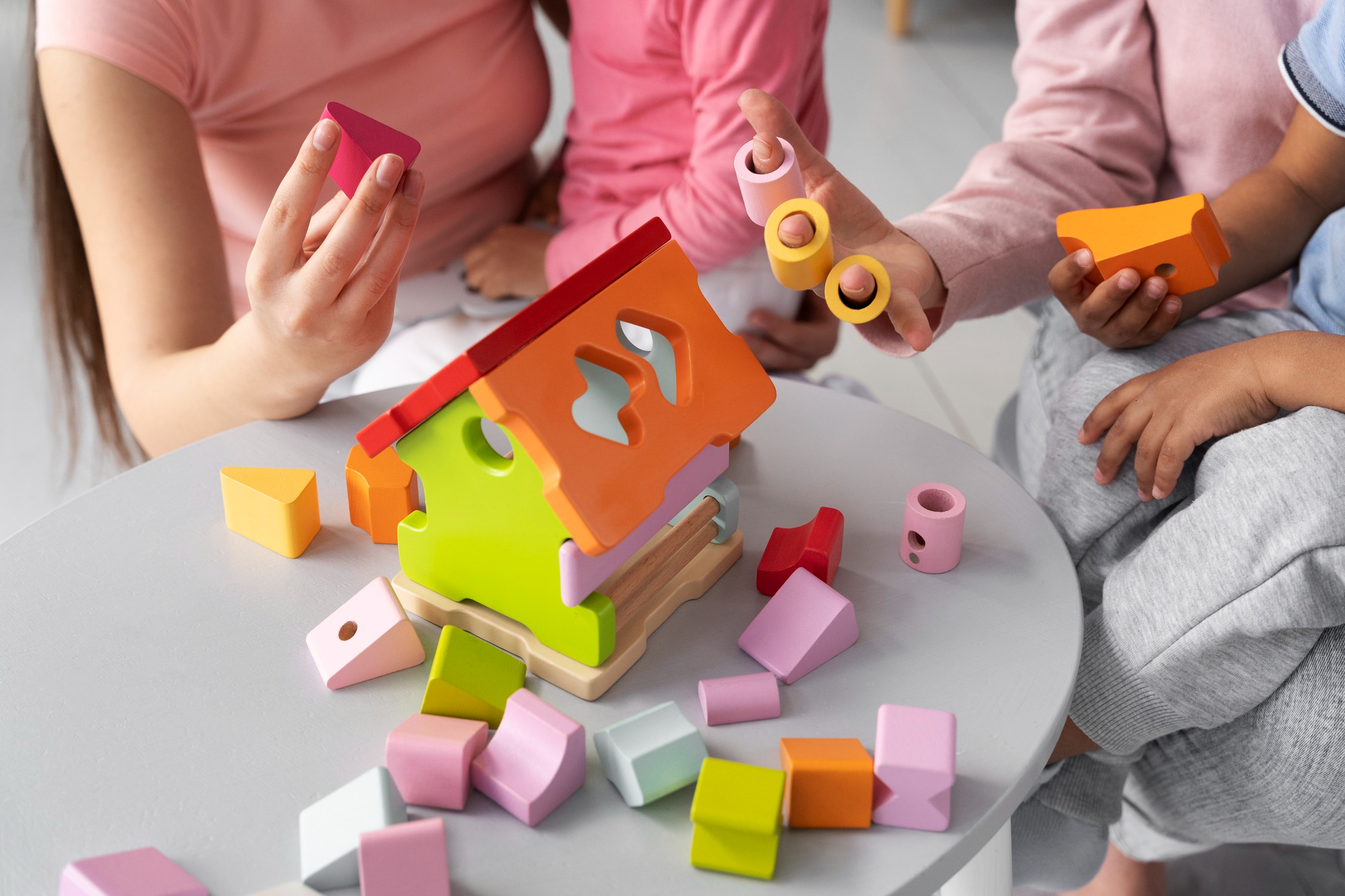
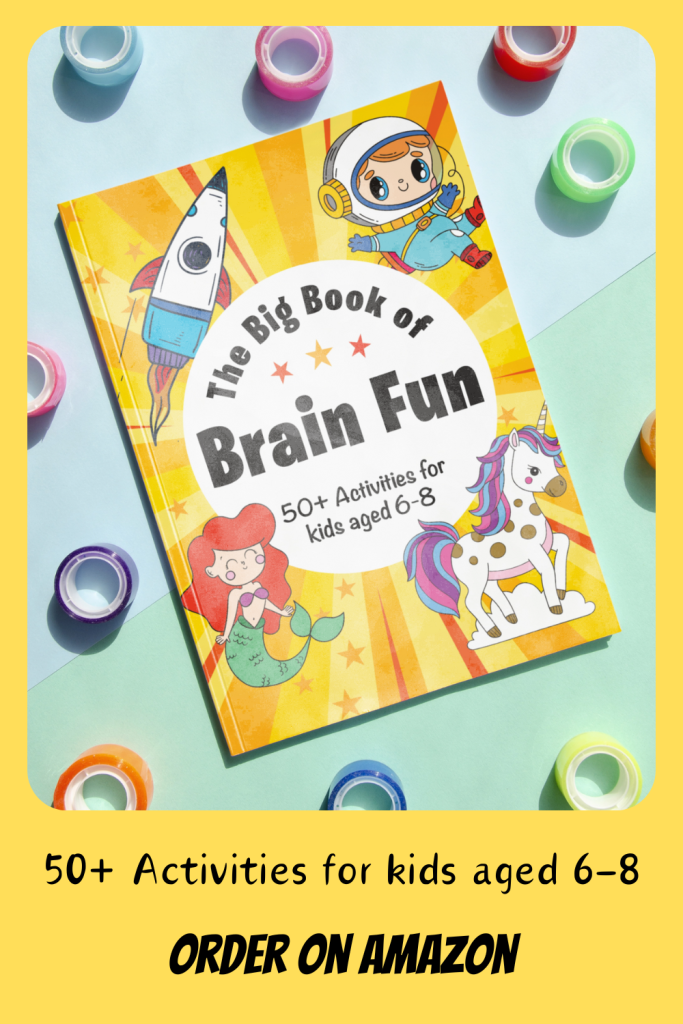





0 Comments